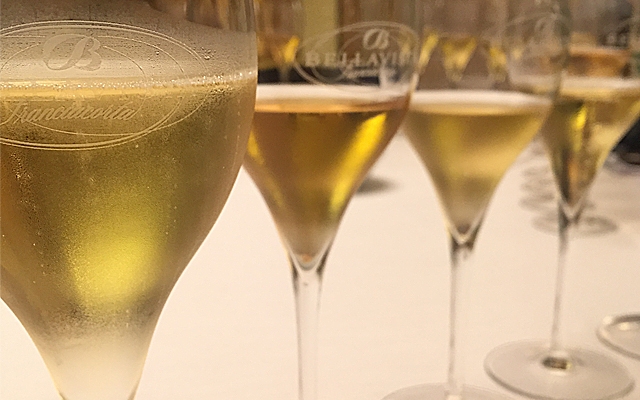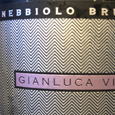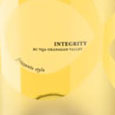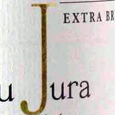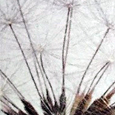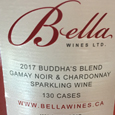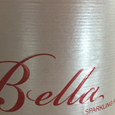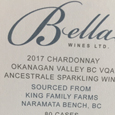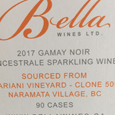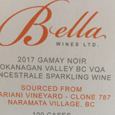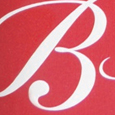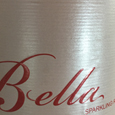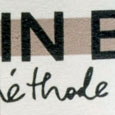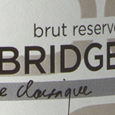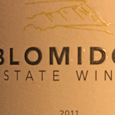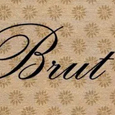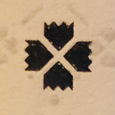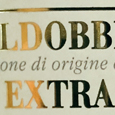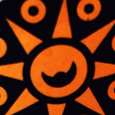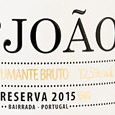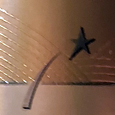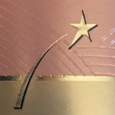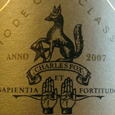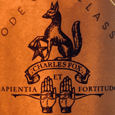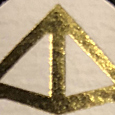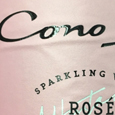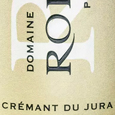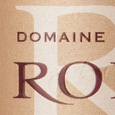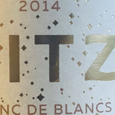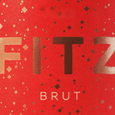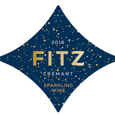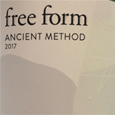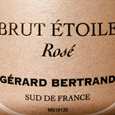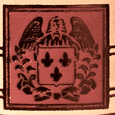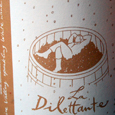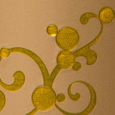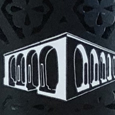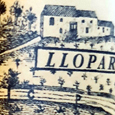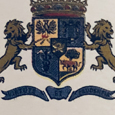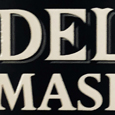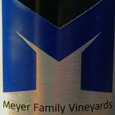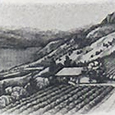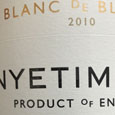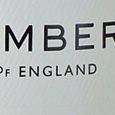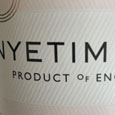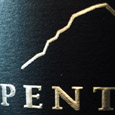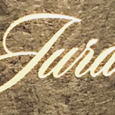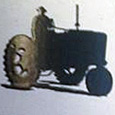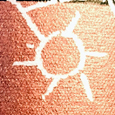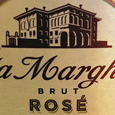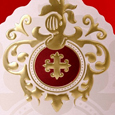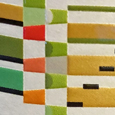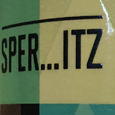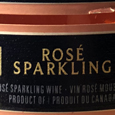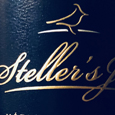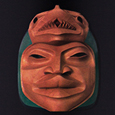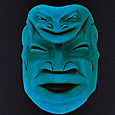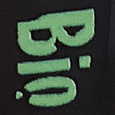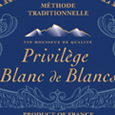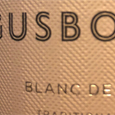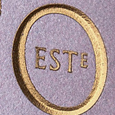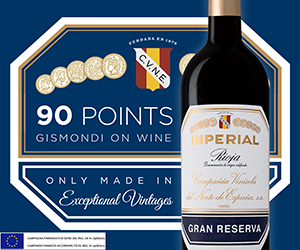Treve travels the globe to taste wine, and is particularly focused on sparkling wine and Champagne.
Earlier this year she presented on Canadian fizz and white wines at ProWein in Germany, and on New World Sparkling Wine at TEXSOM. Last month she was invited to taste the largest ever collection of Canadian sparkling wines with Tom Stevenson at Niagara’s Brock University. Here are her thoughts on regions and styles outside of Champagne that are exciting. Watch for GOW's complete Champagne Annual report later this week. ag
It’s true that Champagne sets the gold standard for sparkling wines, but it’s no longer necessary to fill your flute with gold, and pay that price, to enjoy a spectacular sparkler. Many other regions around the world are making very high quality sparkling wines, across all styles, including here in Canada. After all, Canucks and Champenois do share the 49th parallel.
It’s important to remember that making a good sparkling wine is not just about acid. Yes, that’s a critical component, and many lackluster fizz come from regions where the growing season is too warm to allow for proper acid development in the grape and wine (looking at you California). But just like any other wine, the quality of the grapes is key. For sparkling wine, you’re purpose-picking grapes (good fizz, like rosé, is never ever a byproduct decision) on acidity, ripeness of fruit, and potential structure. Like the countless bubbles in a bottle, there are countless decisions that go into each bottle, from viticulture to harvest to fermentation to vessel to time on lees to method to… With sparkling wine, especially traditional method sparkling, all these decisions are amplified.
The painstaking traditional method of production is mandated by law not only for Champagne of course, but for numerous other bubbles, including Spanish Cava, French Crémant, Italian Franciacorta and South African Method Cap Classique. Naturally, the grapes, soils and climate affect the final wine dramatically, and regional appellation laws vary with respect to grapes, lees time and yields. But it is widely accepted that for the most complex sparkling wines, secondary fermentation occurs in the bottle, wine is aged on the lees and clarified slowly by hand or by gyropalette, with remuage (riddling), dégorgement (disgorging) and possible dosage before final seal.
High quality traditional method fizz is timely and costly to produce, and is reflected in the price. Fortunately, there is a skyrocketing upstream of other styles, from pét-nat (ancestrale) to charmat (Prosecco-styled) of very high value, often not reflected in the price. I’m seeing consumers around the world embrace these wines, and the growing market demand matched by producers. Sparkling wine accounts for a 10% share of global wine production (270 million cases), and Europe produced over 80% of the world’s sparkling wine (220 million cases) in 2017. Globally speaking, sparkling wine sales are up 1.9% last year, while still wine sales were up only 0.4%.
Canada is one of those fizz-hungry markets. Earlier this year Statistics Canada reported that sparkling wines sales made up 5.6% of total Canadian wine sales by value in 2017. We spent $363.2 million on fizz in 2015/16 (Canadian products making up one seventh of that amount), the equivalent of 17.2 million litres.
What am are we drinking, and from where? Here are the regions that are sparking sparkling excitement for us.
Canada
We have become a nation of fizz makers, and light years since Baby Duck splashed across the world in 1971, selling more than 60 million bottles in Canada within ten years. Today there are more than 200 wineries from Vancouver Island to Nova Scotia producing sparkling wine of all kinds and styles. Two weeks ago, I took part in the largest Canadian sparkling wine tasting to date together with Tom Stevenson. Over the better part of the day, we tasted through 135 wines from BC, Ontario, Quebec, and Nova Scotia, all organized, amassed, flighted and opened by the incredible Belinda Kemp, Senior Staff Scientist in Oenology at Brock’s Cool Climate Oenology and Viticulture Institute (CCOVI). It was an honour to taste with Tom, a generous, skilled palate, and one of the world’s top sparkling wine authorities, and hear his insights and opinions on the wines. The press release, including Tom’s comments, is here, and he had this to say on his Twitter account @mrtomfizz.
“A brilliant tasting, thanks. Some minor criticisms, but out of 135 wines, I found 20 that might win Silver medals and seven potential Gold’s. That’s damn impressive! Good on you Canada. Thank you for the record-breaking cooperation. @CSWWC18 @BKPinot @CCOVIBrockU @treve_ring”
“Many other very good wines, but my best of the best were @GrayMonkWinery Odyssey White 2016, @Township7 Seven Stars 2015, @lwwines 2015, @hinterlandwine BdB 2014, @Jackson_Triggs Entourage 2015, @TriusWines BdB NV and @TwoSisters_wine Franc Blanc 2016!”
Of the tasting, I was most impressed by the blanc de blancs flights, no matter where they were sourced. There’s a clear regionality to the sparkling wines, from the delicate coastal notes of Vancouver Island / Gulf Islands, to the brisk structure and pure fruited-ness of Okanagan / Similkameen. BC also is the most adventuresome with fizz, with a number of tidy ancestrale, a fleet of fruity charmat / frizzante, and then a range of structural, serious, age-worthy traditional method. Ontario sparkling wines are much more traditional in form; in both method and style: higher dosage, higher autolysis, mostly traditional method. Against the bracing acidity of the coastal wines, I find them more expansive on the palate. Nova Scotia consistently scored the highest for me, with Lightfoot & Wolfville, Benjamin Bridge, and Blomidon in my top scores of the day. In my opinion, there are two regions that are giving Champagne a run for its money, especially considering climate change and precision viticulture. One is Nova Scotia, and the other is England (see below).
A common topic during our tasting at Brock was the woeful lack of wineries producing in magnum, which Tom asserts is the best size format for sparkling wine. Why is bigger better? Remember that that every trad mat bottle is its own fermentation vessel. The bigger the format, the longer the fermentation, which creates more complexity. The ingress of oxygen through the cork the same as with a 750ml (same size cork), but with twice the volume of wine, and a greater surface area, the resultant exchange and affect is lessened.
We also wondered at the high proportion of fizz packaged in clear glass bottles, a huge, unnecessary risk considering the rapid affect that light strike / light damage has on wines. Current research shows that just 60 minutes under artificial lighting or daylight in any clear-glass bottle can result in the production of an unpleasant compound, dimethyl disulfide (DMDS), which smells of “old drains and sewage” according to Tom. Sparkling wine is particularly susceptible, and Tom picked up a few cases immediately during the tasting.
England
I can’t get enough English fizz, and it seems I’m not in the minority. English sparkling wine has emerged as a darling of the global fizz scene, with cool (some years too fringe) climates and a swath of desirable chalk (continuing down to Champagne) prompting plantings and investment. Even Champagne is taking notice, with Champagne houses like Taittinger recently investing deeply in English vineyard land. Many of the 500 commercial vineyards in the country are producing sparkling wine, and it now accounts for almost 70% of the entire production. Shearing, racy acidity is hallmark, coupled with grippy, chalky texture and appealingly low alcohol. The youth of the industry means that there isn’t much reserve wines in the blends, though as cellars deepen and mature, so will the nature of these pristine wines.
At this year’s highly-regarded International Wine Challenge Awards (a competition at which I am a senior judge), England’s Nyetimber winery and Canadian-born Head Winemaker Cherie Spriggs took the top accolade of Sparkling Winemaker of the Year, the first time it didn’t go to Champagne. Her highly deserved achievement is testament to her expertise and commitment to elevating Nyetimber to its position at the top of the quality pyramid. Fortunately, Nyetimber has plans to enter the Canadian market in the next couple of years.
South Africa
There is an ocean of fizz in South Africa, but nearly 13 million litres of it is tank fermented and CO2 injected. Watch for Methode Cap Classique, or MCC, a term created in 1992 by The Cap Classique Producers Association (CCPA), a group of like-minded producers who banded to promote quality traditional method fizz. There are now more than 70 members across most of South Africa, with the limestone-laced soils of Robertson recognized as a standout region for production. Any grapes are allowed, though chardonnay is viewed as the best, and wines must spend nine months on the lees and a total of twelve months in bottle. To ensure quality, whole bunch pressing is mandated for the base wines, and these are tasted annually by the Association’s members to promote quality for the final wine. According to Pieter Ferriera, sparkling winemaker guru and head of Graham Beck (a house transitioned entirely to fizz production), the goal is to up the minimum lees time to fifteen months in the near future.
Here are 80+ sparkling wines, outside of Champagne, we tasted at GOW so far this year. They're listed in alphabetical order; any new bubbles tasted before 2019 will be added to the end of this list.

 quicksearch
quicksearch

